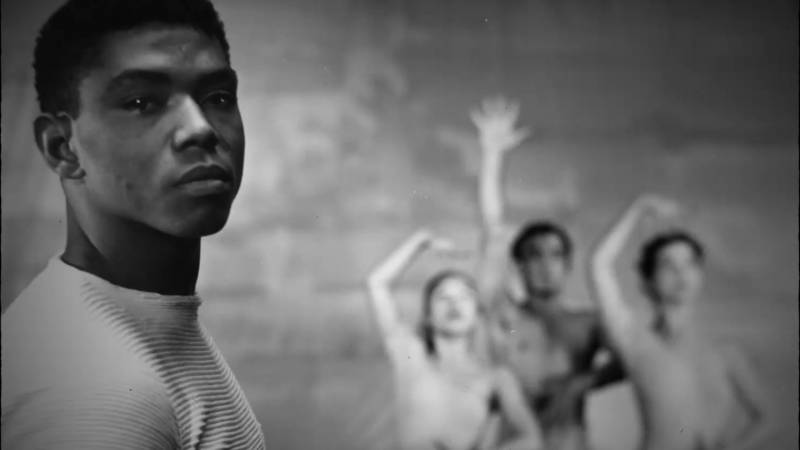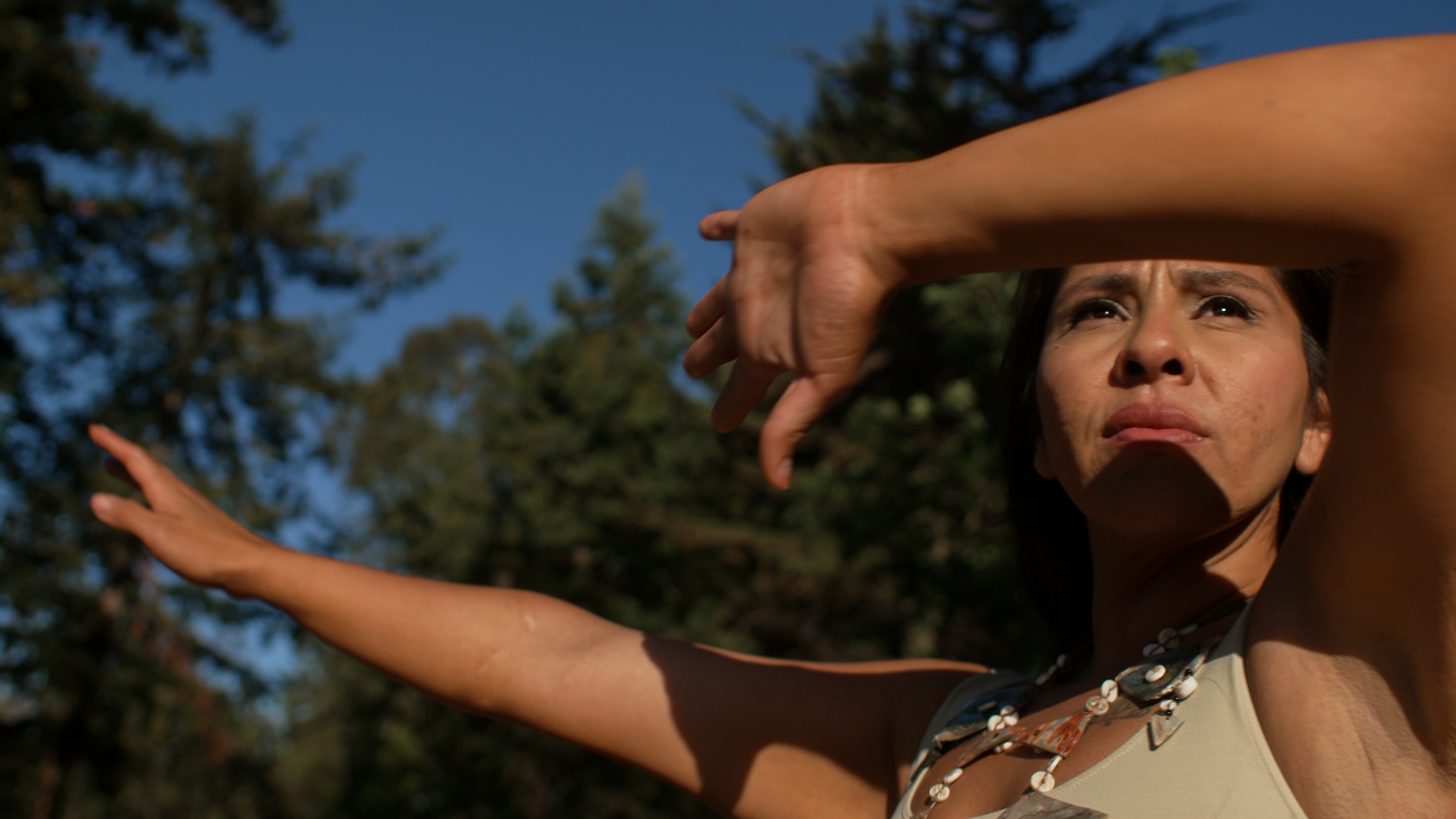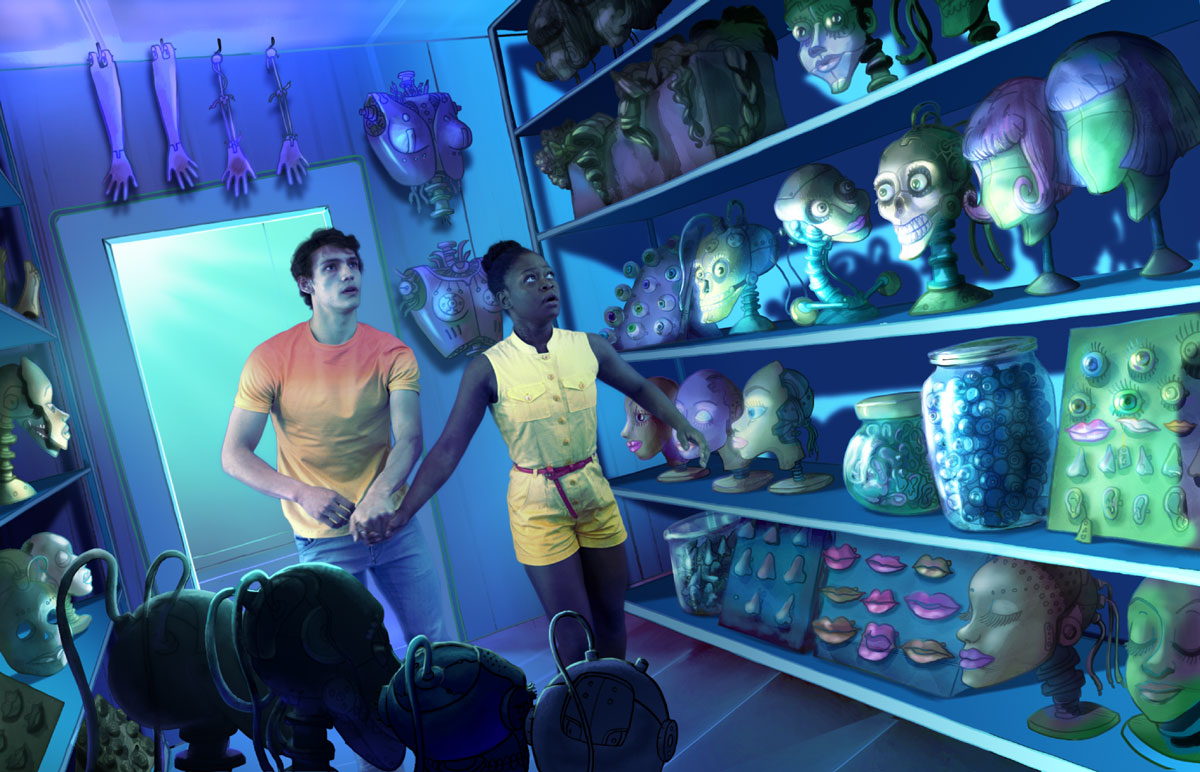Two films anchoring this fall’s San Francisco Dance Film Festival trace the growth of two trailblazing dance companies on opposite sides of the globe, led by men haunted by their ancestral pasts. Ailey and Firestarter are gripping accounts of the social and political turmoil that fueled the creative geniuses of Alvin Ailey in America and brothers Stephen, David and Russell Page in Australia. They offer a rare window into the breadth of the Ailey repertoire and Bangarra Dance Theatre’s contemporary embrace of Aboriginal dance traditions.
“Using our art form as our weapon is the way we have to fight,” says dancemaker and Bangarra artistic director Stephen Page of the longstanding injustices against Australia’s First Nations people that robbed them of their land, wrested children from families, and forced them to assimilate in an attempt to “breed the Black out of them.” In profoundly stirring and visually spectacular works like Ochres, an interplay of sacred Aboriginal rites and symbols with aspects of modern Aboriginal life, and Bennelong, an epic retelling of the life of the Aboriginal leader who mediated with British colonial authorities, Bangarra has celebrated indigenous culture and resilience.
Firestarter is a frank, deep dive into the lives of the Page brothers, including composer David and dancer-choreographer Russell—the arc of their lives both tragic and uplifting.
Ailey takes a more oblique approach to its subject, who was born in Depression-era Texas to a single mother and who largely kept his personal life private. Perhaps the best clues to the man lie in his work, from his early Blues Suite, reminiscent of the honky-tonks of his youth, “where we let it all hang out… [at] a time where people didn’t have much but they had each other,” as he noted in an interview, to his blockbuster Revelations, Masakela Language’s blistering portrait of apartheid, and Cry, his gut-wrenching tribute to Black women.





